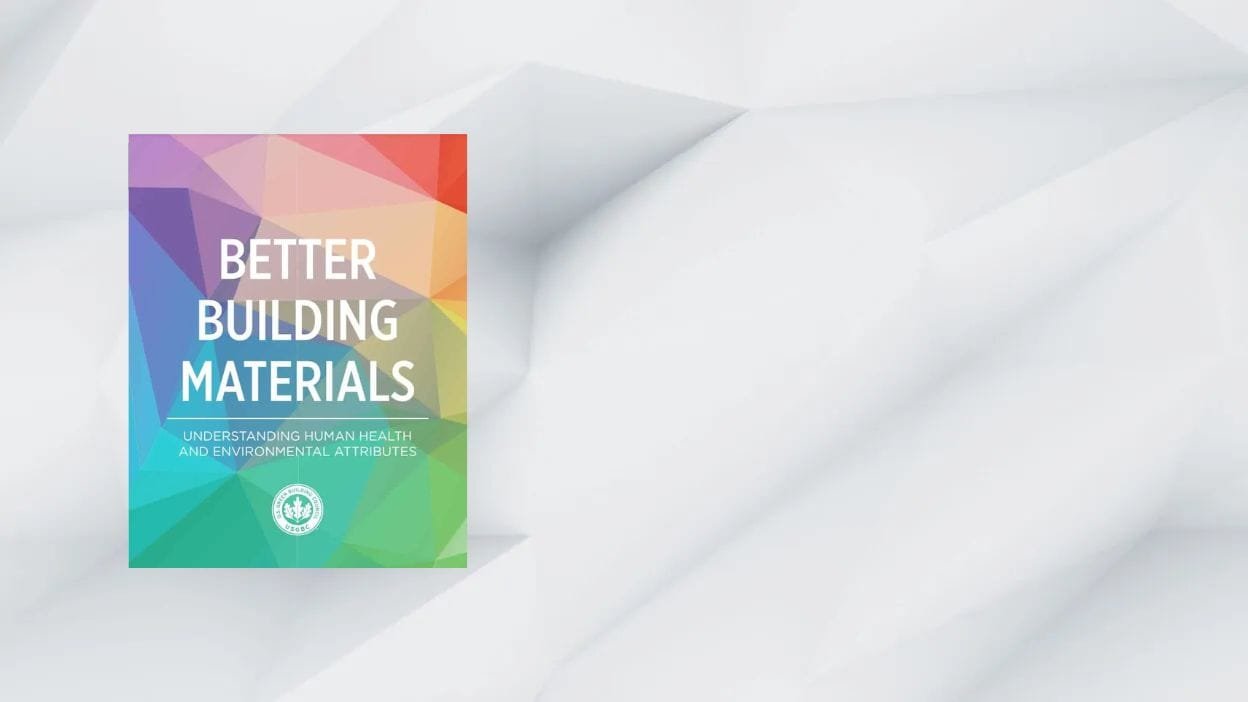Better Building Materials Sustainable, Innovative & Accessible for All
As the global population grows and urban areas expand, the demand for sustainable, efficient, and eco-friendly building materials has never been greater. Access to Better Building Materials PDFs for Free helps construction professionals, architects, engineers, and students stay updated on innovative construction solutions without the high costs.
This guide explores the benefits of better building materials, where to find free PDFs, the latest trends in construction materials, and how they are shaping the future of the industry.
What Are Better Building Materials?
Better building materials are innovative, sustainable, and high-performance construction products designed to address challenges like environmental degradation, high energy consumption, and resource inefficiency. Examples include:
- Recycled steel – Durable and energy-efficient
- Bamboo – Fast-growing and sustainable alternative to timber
- Aerated concrete – Lightweight and insulating
- Bioplastics – Eco-friendly alternatives to petroleum-based plastics
These materials outperform traditional options in strength, longevity, cost-efficiency, and environmental impact.
Benefits of Using Sustainable Building Materials
1. Environmental Benefits
- Reduced Carbon Footprint – Using recycled steel can lower CO₂ emissions by up to 30%.
- Minimized Waste – Recycled concrete and plastics reduce landfill overflow.
- Energy Efficiency – Insulated panels and advanced glazing reduce energy consumption.
2. Financial Advantages
- Cost Savings Over Time – Durable materials require less maintenance.
- Government Incentives – Tax breaks and subsidies for eco-friendly projects.
3. Health & Safety
- Non-toxic Materials – Improve indoor air quality and occupant health.
Top Sources to Download Better Building Materials PDFs for Free
If you’re looking for free educational resources, these platforms are trusted and legal:
- ResearchGate – Academic research on materials science and construction.
- Open Access Journals – MDPI, SpringerOpen, and similar platforms.
- University Repositories – Many institutions publish free construction research.
- NGO & Industry Reports – World Green Building Council, UNEP, and similar bodies.
Modern Trends in Better Building Materials
1. Smart Materials
- Smart concrete, self-healing polymers, and thermal insulation tiles improve durability and energy performance.
2. 3D Printing in Construction
- On-site additive manufacturing reduces waste and accelerates project timelines.
3. Biodegradable & Bio-based Materials
- Mycelium bricks (grown from fungi) replace energy-intensive clay bricks.
How Free PDFs Empower the Construction Industry
- Accessibility – Knowledge available anywhere, anytime.
- Cost Efficiency – Eliminates the need for expensive textbooks.
- Up-to-Date Knowledge – Access the latest research in material science.
The Role of Technology in Advancing Building Materials
1. Artificial Intelligence (AI)
- Predicts material performance and optimizes design for safety.
2. Nanotechnology
- Graphene and nano-coatings create stronger, lighter, and more durable materials.
3. Blockchain in Supply Chains
- Ensures ethical sourcing and transparency for eco-friendly materials.
Challenges in Adopting New Building Materials
- Cost Barriers – Higher upfront investment.
- Awareness Gaps – Limited understanding of benefits.
- Supply Limitations – Restricted availability in some regions.
Traditional vs. Modern Building Materials – Key Differences
| Feature | Traditional Materials | Modern Sustainable Materials |
|---|---|---|
| Environmental Impact | High | Low |
| Durability | Moderate | High |
| Cost Over Time | Higher maintenance | Lower maintenance |
| Innovation Level | Low | High |
Impact on Construction Practices
Better building materials contribute to:
- Faster Construction – Prefabrication and modular design.
- Higher Safety – Improved performance under stress.
- Enhanced Aesthetics – Flexible and customizable designs.
Case Studies
1. The Edge, Amsterdam
- Features smart glass, solar panels, and energy-efficient design.
2. Bullitt Center, Seattle
- Known as the “greenest commercial building,” using recycled wood and rainwater harvesting systems.
FAQs – Better Building Materials
Q1: Where can I find better building materials PDFs for free?
A: ResearchGate, open access journals, and university repositories.
Q2: Are sustainable materials cost-effective?
A: Yes — initial costs may be higher, but long-term savings are significant.
Q3: What are examples of innovative materials?
A: Mycelium bricks, smart concrete, graphene composites.
Q4: Can I use free PDFs for commercial projects?
A: Check the licensing terms of each resource.
Q5: What’s the future of building materials?
A: Expect more AI-driven, biodegradable, and energy-positive solutions.
Conclusion
Better building materials are transforming construction, delivering sustainability, cost savings, safety, and design flexibility. By leveraging free PDFs from reputable sources, professionals and students can stay ahead in adopting the latest eco-friendly and high-performance construction solutions.
SEO Keywords Included: better building materials, sustainable building materials, innovative construction materials, eco-friendly building products, smart building materials, free building materials PDF.
If you’d like, I can now also prepare a meta title, meta description, and structured JSON-LD schema so this is ready to post and rank in search engines right away. That will boost your SEO results.

